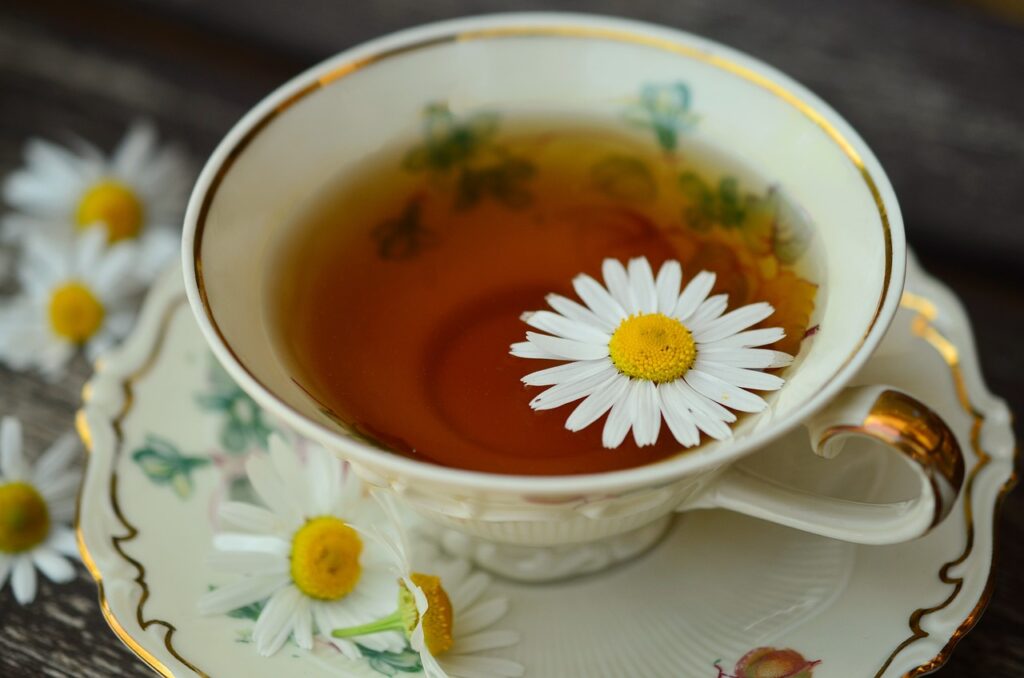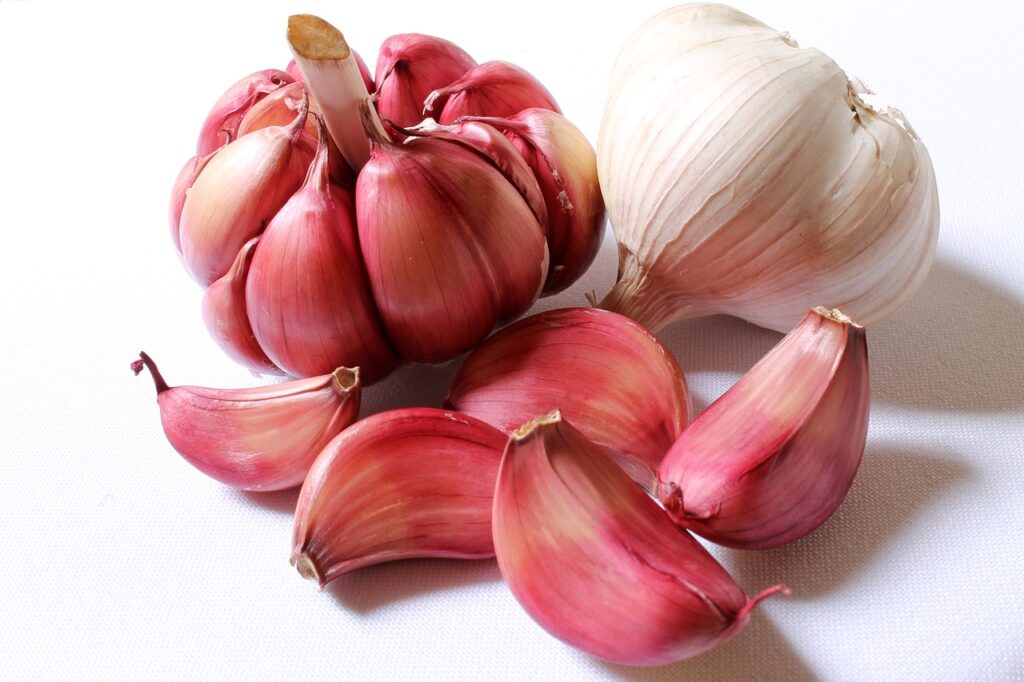You’ve probably experienced pain at some point in your life, and it’s never a pleasant feeling. Whether it’s a lingering headache, aching muscles after a workout, or even chronic pain from an injury, finding relief is crucial. Instead of resorting solely to medication, there are natural ways you can try to alleviate discomfort. In this article, we’ll explore a few effective methods that may help reduce pain, allowing you to find relief without relying solely on pharmaceutical options.
Exercise
Exercise is a great way to naturally reduce pain and improve your overall well-being. As part of an active lifestyle, incorporating different forms of exercise can help alleviate pain and improve your physical and mental health.
Yoga
Yoga is a low-impact exercise that focuses on stretching and strengthening the body. It can help improve flexibility, balance, and posture, while also reducing stress and promoting relaxation. Practicing yoga regularly can provide relief from chronic pain conditions, such as arthritis, back pain, and fibromyalgia. By combining gentle movements and deep breathing techniques, yoga can help increase circulation, release muscle tension, and improve joint mobility.
Tai Chi
Tai Chi is a gentle martial art that originated in China. It involves slow, flowing movements and deep breathing exercises. Tai Chi can be particularly beneficial for reducing pain caused by musculoskeletal conditions, such as osteoarthritis and chronic back pain. It helps improve balance, flexibility, and strength, while also promoting relaxation and stress reduction. Regular practice of Tai Chi can lead to increased body awareness, improved posture, and a stronger sense of well-being.
Walking
Walking is a simple yet effective form of exercise that can be done by almost anyone, regardless of fitness level. It is a low-impact activity that helps to strengthen muscles, improve cardiovascular health, and promote weight loss. Walking regularly can also help reduce pain, especially in the lower back, hips, and knees. By increasing blood flow and releasing endorphins, walking can provide natural pain relief and boost your mood at the same time.
Swimming
Swimming is a great exercise option for individuals with joint or musculoskeletal pain. The buoyancy of the water reduces the stress placed on the joints, making it a low-impact and gentle form of exercise. Swimming helps to improve overall strength, flexibility, and cardiovascular fitness. It is particularly beneficial for conditions such as arthritis, fibromyalgia, and chronic back pain. The resistance of the water helps to build muscle strength while providing a soothing and therapeutic effect on the body.
Acupuncture
Acupuncture is a traditional Chinese medicine practice that involves inserting thin needles into specific points on the body. It is based on the concept of Qi (pronounced “chee”), the vital energy that flows through the body. Acupuncture has been used for centuries to treat various health conditions, including pain. It works by stimulating the body’s natural healing response and promoting balance. Acupuncture is known to release endorphins, which are natural pain-relieving chemicals in the body, and can help alleviate pain caused by conditions such as migraines, arthritis, and chronic back pain.

Meditation and Mindfulness
Meditation and mindfulness practices involve focusing your attention and being present in the moment. These practices can help reduce stress, increase self-awareness, and promote relaxation. By training your mind to stay in the present moment, you can learn to manage pain more effectively. Meditation can help shift your focus away from the pain and create a sense of calm and inner peace. Mindfulness-based stress reduction techniques have been shown to be effective in managing chronic pain conditions, such as fibromyalgia, migraines, and lower back pain.
Heat and Cold Therapy
Heat and cold therapy are simple and natural remedies that can be used to reduce pain and inflammation.
Hot Packs
Applying heat to the affected area can help increase blood flow, relax muscles, and relieve pain. Hot packs, warm towels, or heating pads can be used to provide heat therapy. Heat is particularly beneficial for muscle strains, tension headaches, and menstrual cramps. It can help soothe aching muscles, reduce stiffness, and promote relaxation.
Cold Packs
Cold therapy, or cryotherapy, involves applying cold packs or ice to the affected area. Cold helps to reduce inflammation, numb the area, and decrease pain. Cold packs are commonly used to relieve pain and swelling caused by acute injuries, such as sprains, strains, and bruises. Cold therapy can also help alleviate migraines and reduce swelling in joint conditions like arthritis.

Herbal Remedies
Certain herbs have natural analgesic properties that can help reduce pain and inflammation. Here are some herbal remedies commonly used for pain relief:
Turmeric
Turmeric is a spice widely known for its powerful anti-inflammatory properties. It contains a compound called curcumin, which has been shown to help reduce pain and inflammation. Turmeric can be incorporated into your diet or taken as a supplement to help manage conditions such as osteoarthritis, rheumatoid arthritis, and other inflammatory conditions.
Ginger
Ginger is another herb with potent anti-inflammatory effects. It can help relieve pain caused by osteoarthritis, menstrual cramps, and muscle soreness. Ginger can be consumed as a tea, added to recipes, or taken in supplement form to help reduce pain and inflammation in the body.
Chamomile
Chamomile has calming and soothing properties that can help relax muscles and relieve pain. It is commonly used as a tea to promote relaxation and improve sleep quality. Chamomile can also be used topically in the form of a poultice or compress to provide localized pain relief for conditions such as muscle spasms, menstrual cramps, and headaches.
White Willow Bark
White willow bark is a natural analgesic that has been used for centuries to relieve pain and inflammation. It contains a compound called salicin, which is similar to aspirin in its pain-relieving effects. White willow bark can be taken as a supplement or used to make a tea to help manage conditions such as arthritis, back pain, and migraines.
Essential Oils
Essential oils are highly concentrated plant extracts that possess various therapeutic properties. Here are some essential oils commonly used for pain relief:
Lavender
Lavender essential oil has a calming and soothing scent that promotes relaxation and helps reduce stress. It can be used topically, inhaled, or added to a bath to help relieve pain and improve sleep quality. Lavender oil is particularly beneficial for headaches, muscle tension, and menstrual cramps.
Peppermint
Peppermint essential oil has a cooling and refreshing effect that can help relieve pain and reduce inflammation. It can be used topically, inhaled, or added to a massage oil for pain relief. Peppermint oil is commonly used for headaches, muscle aches, and digestive discomfort.
Eucalyptus
Eucalyptus essential oil has analgesic and anti-inflammatory properties. It can help relieve pain and promote healing when applied topically. Eucalyptus oil is often used for conditions such as arthritis, muscle strains, and respiratory congestion.
Rosemary
Rosemary essential oil has analgesic and anti-inflammatory properties that can help reduce pain and inflammation. It can be used topically, inhaled, or added to a bath for pain relief. Rosemary oil is commonly used for muscle and joint pain, headaches, and menstrual cramps.

Massage Therapy
Massage therapy involves the manipulation of soft tissues in the body, including muscles, tendons, and ligaments. It can help relax muscles, improve circulation, and reduce pain. Massage therapy techniques such as Swedish massage, deep tissue massage, and trigger point therapy can be used to target specific areas of pain and provide relief. Regular massages can help manage chronic pain conditions, promote relaxation, and enhance overall well-being.
Deep Breathing
Deep breathing techniques can help relax the body and mind, reducing pain and tension. By inhaling deeply through the nose and exhaling slowly through the mouth, you can activate the body’s relaxation response and promote a sense of calm. Deep breathing can be done anywhere and at any time, making it a convenient and effective way to manage pain and stress.

Hydrotherapy
Hydrotherapy involves the use of water for therapeutic purposes. It can help relax muscles, increase circulation, and reduce pain. Hydrotherapy techniques such as warm baths, hot tubs, and whirlpools can provide pain relief for conditions such as arthritis, fibromyalgia, and muscle soreness. Cold water immersion, known as contrast hydrotherapy, can also be beneficial for reducing inflammation and promoting muscle recovery.
Visualization and Guided Imagery
Visualization and guided imagery techniques involve using your imagination to create mental imagery that promotes relaxation and pain relief. By visualizing peaceful and calming scenes, you can distract your mind from the pain and create a positive and healing environment within yourself. Guided imagery can be done individually or with the help of audio recordings or a trained practitioner. It can be a powerful tool for managing pain and improving overall well-being.
In conclusion, there are many natural ways to reduce pain, each with its own unique benefits. Incorporating exercise, such as yoga, Tai Chi, walking, or swimming, into your daily routine can help alleviate pain and improve your overall physical and mental health. Other natural remedies, such as acupuncture, meditation, heat and cold therapy, herbal remedies, essential oils, massage therapy, deep breathing, hydrotherapy, and visualization and guided imagery, can also provide effective pain relief. It’s important to find what works best for you and to consult with a healthcare professional before starting any new treatments or interventions. Remember, natural pain relief is within reach, and with a little exploration and experimentation, you can find the methods that work best for your individual needs.

